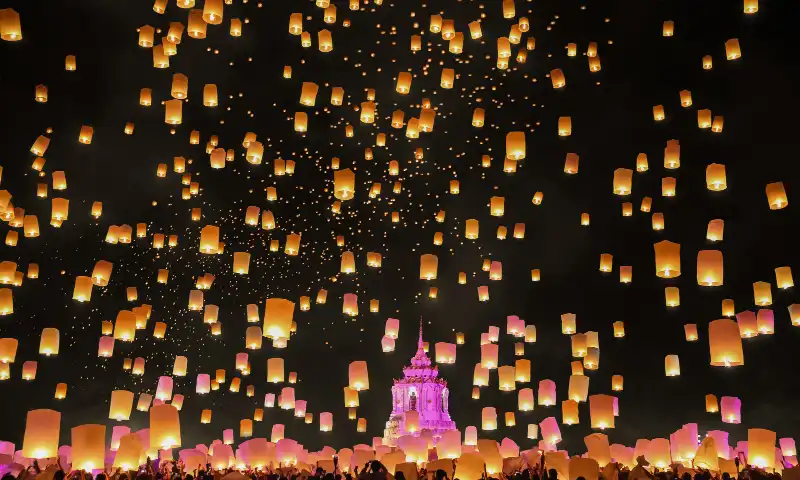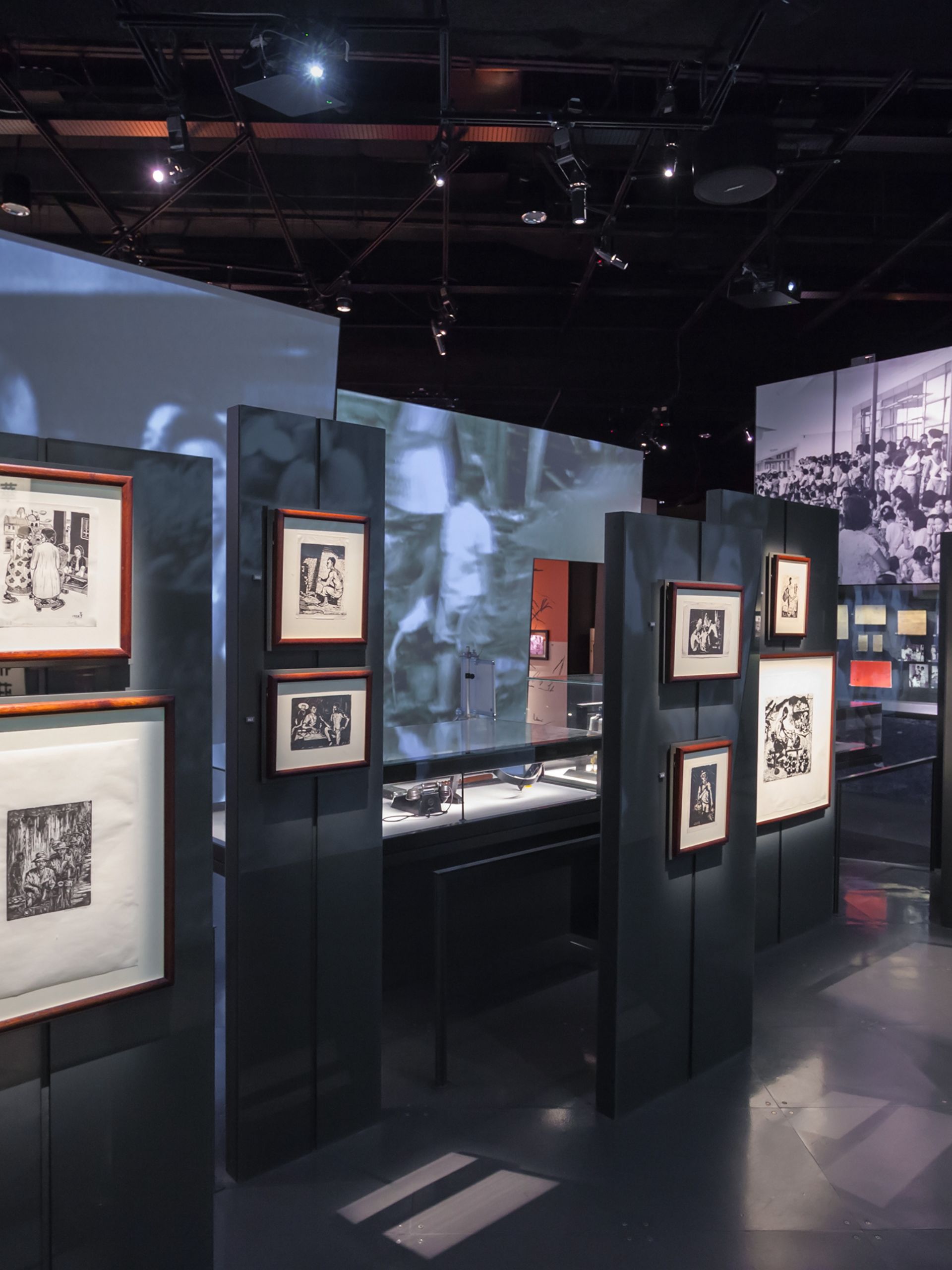|
Getting your Trinity Audio player ready...
|
Today’s climate was the perfect political backdrop for a side trip to Montgomery, Alabama. The Legacy Museum and National Memorial for Peace and Justice is a central location for the infamous African slave trade in America. Sometimes travel experiences hurt. Sometimes they are very uncomfortable. And sometimes they make you angry or make you cry. A museum about slavery and the mass incarceration of African Americans is both. Therefore, places like these are the best way to confront a problem and move forward.
Steven, Malik, and I had a chance to experience the brand-new Legacy Museum. In addition, it’s a hands-on multi-million-dollar museum. The National Memorial for Peace and Justice is dedicated to the African American experience here in the United States.
I know more than most about slavery, mass incarceration, and their legacy in America. But a visit to the Legacy Museum: From Enslavement to Mass Incarceration was an eye-opening day trip even I didn’t expect.
The Legacy Museum
From Enslavement to Mass Incarceration
The museum opened to the public on April 26, 2018, in downtown Montgomery, Alabama. In fact, the 11,000-square-foot Legacy Museum is situated on a site in Montgomery where enslaved people were once warehoused. And located midway between the slave market and the main river dock and train station. Tens of thousands of enslaved people were trafficked during the height of the domestic slave trade.
The Legacy Museum uses visual presentations. It depicts the enslavement of African Americans, the evolution of racial terror lynching, legalized racial segregation, and racial hierarchy in America. As well as relying on rarely seen first-person accounts of the domestic slave trade.
The Equal Justice Initiative (EJI) has amassed critically acclaimed research materials. The research includes videos, exhibits on lynching, and new content about segregation. The Legacy Museum explores the history of racial inequality. As well as its relationship to a range of contemporary issues from mass incarceration to police violence.
First things first. A few rules and Guidelines
- No selfies. That’s just one rule for visiting the Legacy Museum. For good reason. When you are there it feels wrong.
- You are not allowed to photograph or videotape inside the museum. I would have liked to be able to show you guys a few exhibits I found interesting. Go the website for images and digital content.
- You will be asked to turn off your phone and refrain from boisterous talking.
- Be prepared to have your purse searched before you go through the metal detector.
- Leave your large bags and backpacks in the trunk.
- The museum encourages you to buy your tickets online in advance of your visit.
- Entry to the Legacy Museum is by timed-entry ticket. We bought our tickets at the ticket office around the corner from the front entrance. Only a few tickets will be sold at the ticket office day for entry. Tickets are first-come, first-served, so plan accordingly.
A Map of Slavery
The first thing you may notice is the map. A visual representation of all the slave related businesses that once overtook downtown Montgomery. Business after business from sellers, to investors to warehouses. And all centrally located to the large auction house that dominated that you can imagine brimming with activity. You can imagine the smells and sounds. As well as the excitement of the prospective buyer. The air is heavy with the fear of its prospective “property”. Chattel not people. Property to be sold for a fair price based on age, strength, skin color, and skills.
Timeline
Once you enter the museum, you’ll face a wall with a historic timeline. The timeline is also the premise for the museum. It visualizes—in graphic detail, the legacy of the slave trade in America. And includes the injustice of today’s mass incarceration of blacks today.
The rest of the museum fills in the details. It shows how the methodical use of terror, political, economic, and criminal disparagement combined to create the racial climate we are experiencing today. All the above practices have culminated in current policies. Policies that punish black people more than whites for the same crimes. And ties how mass incarceration for petty offenses and non-violent crimes are just another form of slavery.
Videos and Exhibits
Unfortunately, there are too many to describe. And they are all very enlightening and illustrative. Did you know? During the height of slavery, it’s estimated that 50% of all African American families were split up? Did you also know that 1 out of 3 black men will spend some time in prison for a non-violent offense like marijuana? That should scare you. I hope it scared my son too.
Wall of Letters from Inmates
One of the most graphic displays is the handwritten thoughts and feelings of prisoners. I am not here to discuss guilt or innocence. I just want to point out the significance of seeing, through words, the treatment of blacks in custody. There were very young men, as young as 14 reacting to their violent treatment. As well as obviously educated people seeking redemption to the selfless incarcerated friend seeking medical parole for a dying inmate. The letters are moving and conjure up images we would probably prefer to suppress.
Prison Phone Calls
Pick up a handset and listen to an incarcerated man, woman, or child. Here their stories, feel their anguish or heed their warnings. To me, this exhibit served as a warning and deterrent to any young people visiting the museum. Guilt, like beauty, is in the eye of the beholder.
State Law Exhibits
There were laws to segregate. The southern manifesto legalized white supremacy and criminalized integration. Laws ran from the ridiculous to the flat out mean spirited. There were laws that outlawed playing checkers or cards with black people. Or denied access to the library or burial in the public cemeteries. There were laws that outlined acceptable abuse, and the consequences for resistance and escape. We all know about the restrictions for marriage, education, or even learning to read or write. But there was also legislation that tried to forbid coping mechanisms like music and song.
Wall of Signs & Auction/ Rewards Posters
Whites Only. No niggers, chinks, or Mexicans. Come to (State) where the soil is really black but the people are really white. You get the picture. It’s hard to imagine seeing these images every day of your life. But many people of color did just that until recently. Imagine being reduced to your height, weight, age, skin color. Or a single personality trait—like cheerful, loyal, or good-natured.
Hands-on Exhibits
Click on a state. Any state. And see how many “documented” lynchings were recorded in each county. See the mass lynching of entire families. Yes including women and children. There are more than 4,000 lynching’s on record. However, that number is widely estimated to be inaccurate. You’ll also hear personal stories of atrocities as well as the rare good deed.
There are a lot of first-hand accounts of tragedies to bring terror to life. Take a moment to visit the photo booth for a personal memento from your visit.
Collection of Lynching Soil
As disturbing as it sounds, the EJI has partnered to collect soil from all documented lynching sites. And when possible the names, dates, and locations are marked on large jars for all to see. I saw soil samples from 1877 to 1948 and range in color from the shades that separate black and white.
National Memorial for Peace and Justice
More than 4,400 African American men, women, and children were murdered. They were hung, burned alive, shot, drowned, and beaten to death by white mobs between 1877 and 1950. And millions more African American men, women, and children fled the South. Refugees from racial terrorism, profoundly impacted the entire nation then and now. Click here –> https://youtu.be/lJ6gPACOd-k.
There wasn’t a single national memorial acknowledging the victims of racial terrorism in America. Now there’s a six-acre site atop a hilltop overlooking Montgomery. Thus making the national lynching memorial a sacred space for truth-telling and reflection about lynching. As well as the legacy it has left behind in America.
It was hot the day we visited. I felt sick thinking about forced work in that heat. We were grateful for the loaner umbrellas at security. We walked in and out of the columns with the state counties. Some of which the names and dates are unknown. Those people’s fates are unknown for eternity.
The walls lead down and inward. They were lynched for crimes that will astound you. Lives were lost for minor infractions, false identifications, accusations, and perceived insults. Whole families exterminated to get their land. Brothers and sisters killed in place of their family members.
Be respectful, don’t take selfies for Instagram. Go to https://museumandmemorial.eji.org/museum for more information.
“Thousands of African Americans are unknown victims of racial terror lynching whose deaths cannot be documented, many whose names will never be known, they are honored here”.
Related Content
- Hahoe World Mask Museum in Andong
- Art Gallery and Cafe
- Daegu Yangnyeongsi Museum of Oriental Medicine
Please follow me on Facebook, make sure you Subscribe to the RSS feed so that you get updates delivered right into your inbox. Follow me on Bloglovin.
Thank you for reading this post, don't forget to subscribe!
Discover more from Duffel Bag Spouse Travels
Subscribe to get the latest posts sent to your email.




